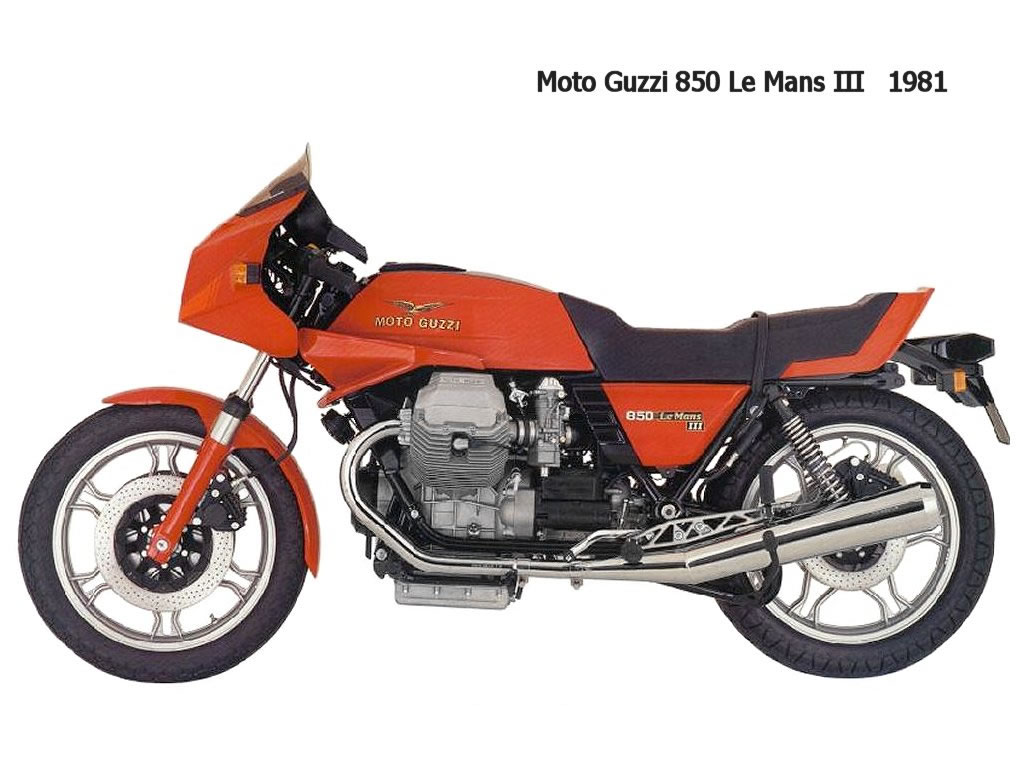First there's the GS family

The GS evolved into the GSX and the Katana

The GSF Bandit

And the GSX-R family

Put it all together and you get something like this
 These timelines are based on US models (mostly) some overseas models are shown in grey. Now there's plenty of missing and incorrect information. Keep in mind this is the first draft. I hope to make several revisions to these charts.
These timelines are based on US models (mostly) some overseas models are shown in grey. Now there's plenty of missing and incorrect information. Keep in mind this is the first draft. I hope to make several revisions to these charts.




































